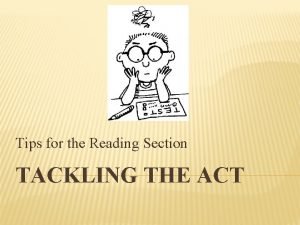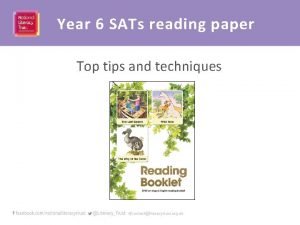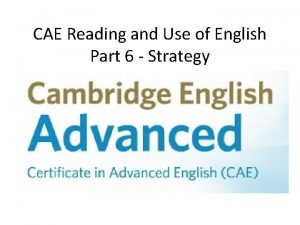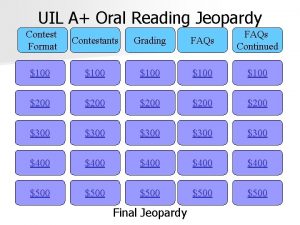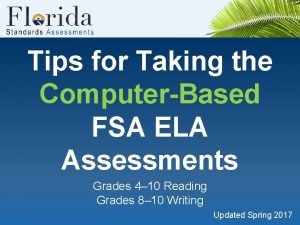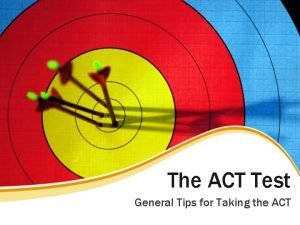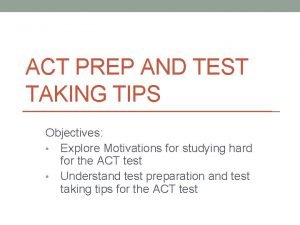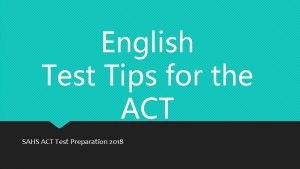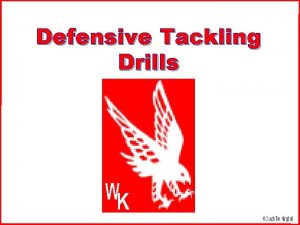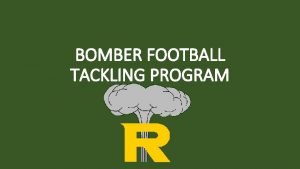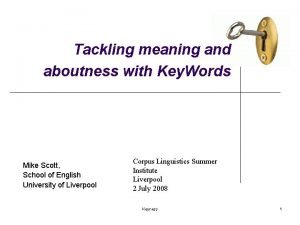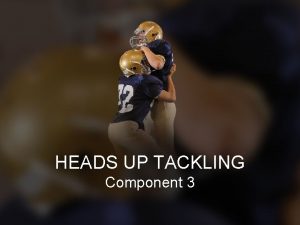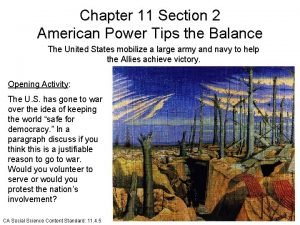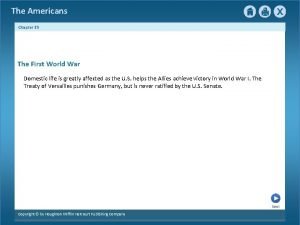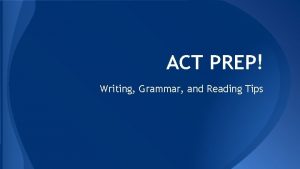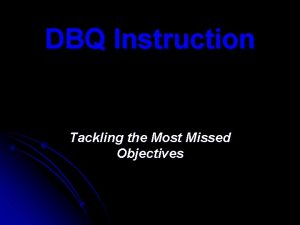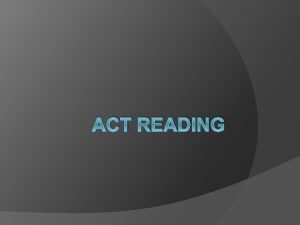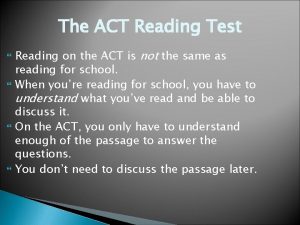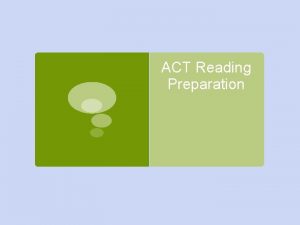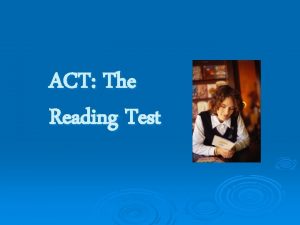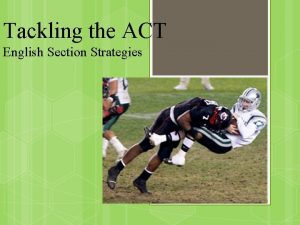Tips for the Reading Section TACKLING THE ACT

















- Slides: 17

Tips for the Reading Section TACKLING THE ACT

THE ACT READING TEST MEASURES YOUR ABILITY TO… Ø Ø Ø Recognize the main idea on both the paragraph and text level. Use context clues to identify the meaning of unknown words Interpret literal and inferential level questions correctly. Relate the question to the TEXT. Recognize that the point of view is that of the author, not student. Read quickly and efficiently.


ABOUT THE READING TEST � You will have 35 minutes to read 4 passages and answer 40 questions. � That breaks down to about 8 ½ minutes per passage. � Test taking and previewing skills are VERY important for the Reading section of the ACT.

ABOUT THE READING TEST � 4 reading passages with 40 questions. The categories of the passages are the same and appear in identical order in all tests. � Prose Fiction: Usually from short story or novel. Questions on characters, plot, setting, theme, etc. � Social Sciences: Topics range from anthropology, psychology, political science, to history. � Humanities: Topics range from music, architecture, art, theater, to dance. � Natural Science: Usually from a text, article, or research report geared toward math or science topics.

STEP 1: PREVIEWING THE TEST � Preview the test. � � � Go with your strengths. Students that are more successful in math and science should begin with Passage IV. Also consider the length of the passages, questions, and answers. If in doubt, leave the longest text until last (which is often Passage II). � Don’t get your bubbles off on the scantron. Mark every ten questions on the answer sheet with a line if that helps.

� Once you have previewed the test and are ready to begin the passages, always preview the questions first.

STEP 2: PREVIEW THE QUESTIONS Skim the questions before reading the piece, circling key words. (Do NOT read the 4 answer choices, this will only waste time). � Mark ALL line references before you begin reading; you’ll then know where you can find some answers. One ACT test gave direct line references for 7 of the 10 questions, saving you precious time! � If you have a direct line reference to a question (#29. “The author uses the term “architectural wonders” (line 12) to describe: ” write 29 by line 12 in the passage. �

STEP 3: READING THE PASSAGE � Read the passage through. � Answer questions, referring to the passage as needed.

STEP 4: SELECTING AN ANSWER � BE CAREFUL of answer choices that use EXACT WORDING from the passage. They are usually incorrect because the question presents the information differently from the text. (i. e. ACT is trying to trick you). � Most questions paraphrase the text (in other words, use different words to say the same thing). � CROSS OFF answer choices as you eliminate them. It also helps to have an idea of the correct answer before you read the options; this will help make the correct answer more obvious.

WHAT IF I CAN’T FINISH IN TIME?

STEP 5: GUESSING ON THE TEST � Obviously, DO NOT guess on the test if you have more time to answer or double-check questions. � If you are forced to guess, guess in a straight – line. This way you are guaranteed to get at least 2 points per section.

LASTLY, WATCH OUT FOR TRAPS.

TRAPS ON THE READING TEST � CHANGING THE WORDING IN THE QUESTION FROM THE TEXT. Expect paraphrasing. The text uses the word “genius” while the question refers to “greatest talents. ” � ONLY ONE OF THE 4 ANSWER CHOICES IS CORRECT. Avoid answers that use absolute words such as: � � � Always Never All Completely Absolutely. Very few answers can be all-or-nothing. “All human beings are creative. ” “Performers are never truly creative. ” Is there a single exception? The answer is incorrect.

TRAPS ON THE READING TEST When interpreting underlined words, plug the answer choice into the sentence to see which one makes most sense. � NEGATIVE QUESTIONS CAN BE TRICKY. TURN EACH ANSWER CHOICE INTO A TRUE (+) OR FALSE (-) QUESTION. THE NEGATIVE IS THE CORRECT ANSWER. � Which of the following men was NOT a recent president of the U. S. ? T/+ A. Jimmy Carter T/+ B. Bill Clinton F/- C. Abraham Lincoln T/+ D. Ronald Reagan

TRAPS ON THE READING TEST (CONT’D) � LOOK OUT FOR WORDS THAT SIGNAL A CHANGE OF DIRECTION IN THE TEXT! The most common contrast words are: However In spite of But Nonetheless Despite Yet Be sure to change with the contrast word! If a sentence says “However, in recent times this trend has not been observed, ” be sure you know what the trend was.

YOU CAN DO IT!
 Reading act tips
Reading act tips While reading activities
While reading activities Year 6 tips
Year 6 tips Cae reading part 6
Cae reading part 6 Uil oral reading
Uil oral reading Biology sol
Biology sol Tips for fsa reading
Tips for fsa reading Macbeth act 2 summary
Macbeth act 2 summary Tips for taking the act
Tips for taking the act Tips for taking the act
Tips for taking the act Act english tips
Act english tips Break down tackling drills
Break down tackling drills Seattle seahawks tackling drills
Seattle seahawks tackling drills Tackling meaning
Tackling meaning Heads up tackling circuit
Heads up tackling circuit Heads up tackling
Heads up tackling Chapter 11 section 2 american power tips the balance
Chapter 11 section 2 american power tips the balance The americans chapter 19
The americans chapter 19
